By: Steven Jurgensmeyer, Founder/Editor at AllMusicBooks.com
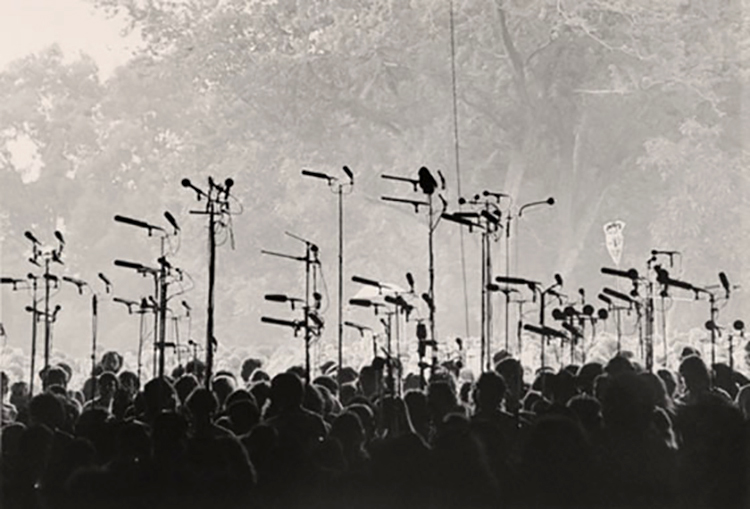
It was a trend started forever ago, in jazz dens, bluegrass festivals and folk haunts. Fans would record — secretly and not so secretly — their favorite musicians of the day, who plied their trade set after set, night after night. The Grateful Dead famously took that notion to the Nth degree, recording themselves to study what worked and didn’t work in their free-form explorations. The fans would soon adopt the practice and create a new barter economy that did not faze the band; Dead patriarch and guitarist Jerry Garcia tacitly approved, saying “Once we’re done with the music, you can have it.” It makes total sense that this would be part of the Dead’s legacy, as they incorporated elements of jazz, bluegrass and folk into their musical conversations. In fact, the Dead would prove incredibly prescient and ahead of the curve in many of their ideas. The adoption of tape-trading would undoubtedly build both their audience and their brand, and their handwritten mailing lists and ticket requests foreshadowed the collection of such info on virtually every band’s website these days. All of these things were in stark contrast to the tried-but-true record industry cycle of a new album to sell, followed by a tour to promote the album. Record sales were the income-generator; tours were a write-off, helped by merchandise sales, to simply hump the new LP.
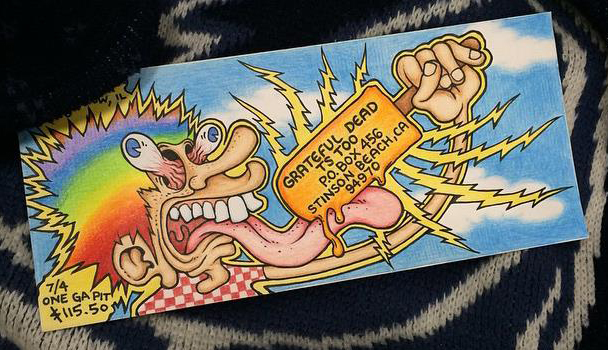
But as the record industry started to change — and ultimately contract — in the late 80’s and early ’90s with the digital revolution, so too did the “model.” The introduction of the Compact Disc was a cash cow for the industry, asking any and everyone to re-buy all of their favorite albums along with new hardware for a new format that promised to be “forever.” Somewhere along that continuum, however, the industry forgot that it was the music — and NOT the format — that was their product. It had eagerly embraced one new format in CDs, and then ignored, fought and filed lawsuits against those trading in the latest one, a revolution that Napster helped introduce to the masses and one the new “MP-3 generation” enthusiastically embraced. It was a format that could simultaneously cut labels’ expenses (in packaging and shipping costs alone) AND bring along yet another new generation to the cash registers. But by equal parts oversight, ignorance, hubris and stupidity, that genie got out of the bottle incredibly fast and labels are still chasing it today, along with that endless promise of new customers, new models and new fortunes that the format represented.
New digital formats are not the only way the playing fields have leveled in artists favor. In fact, everything, it would seem, appears to be in the artist’s favor, and a legitimate question every new band must be asking is, “Why do we need a label taking a cut of our money?” The internet and digital files have sadly made brick-and-mortar music stores mostly irrelevant if not extinct, and distribution companies obsolete. Social media has made in-house publicity a charming thing of the past. And radio promotion? Well…someone would first have to explain to this generation what radio is and why you have to pay to get on it. Let’s face it; if a band has a website and a robust social media presence, they can accomplish most, if not, all of what a label has to offer.
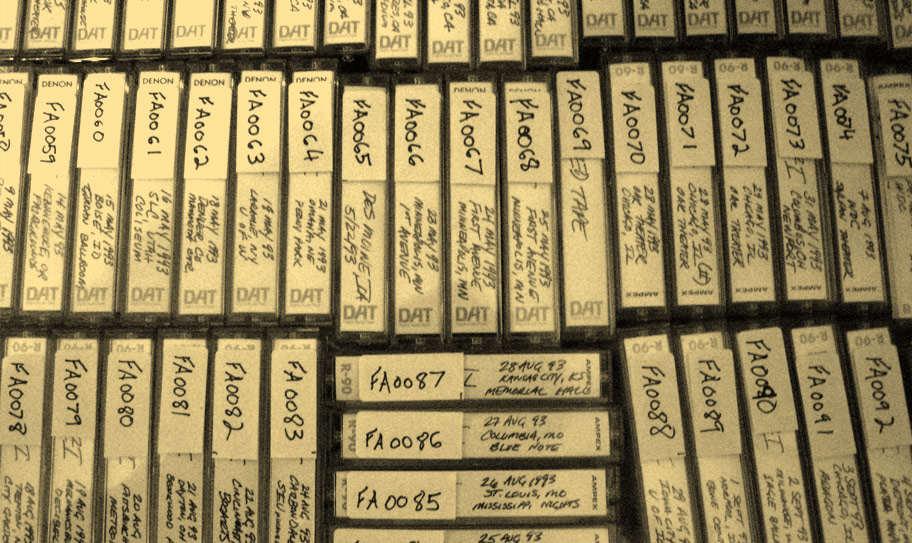
But, as it’s always been, the singular thing a band has to offer is its music. And increasingly, musicians have discovered that their past may just be as profitable as their future. The Dead began issuing Dick’s Picks in 1993, as a way to monetize their past and also take advantage of the new CD medium, although early sets were also available on LP. It would prove a prescient move, as it introduced a way to replace the touring income lost after Garcia died in 1995. The series was under the stewardship of “tape archivist” Dick Latvala, with the approval of the band, and after Latvala, passed, Dave’s Picks emerged with David Lemieux at the helm. Those numbered releases, as well as box sets of multiple night stands that feature gorgeous packaging — only available via the band’s website and also available as downloads — sell out quickly. Check E-bay for what those suckers command once they’re gone!
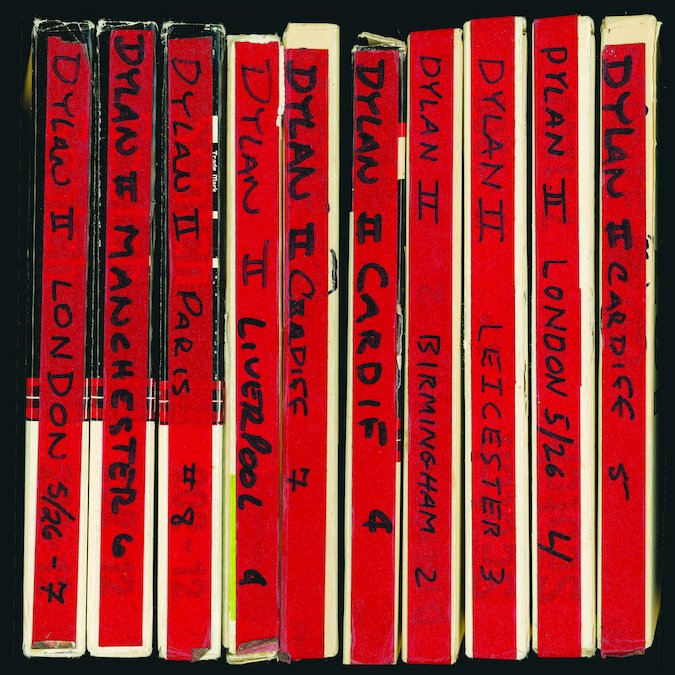
Bob Dylan began emptying the vaults in his Bootleg Series on Columbia Records in 1991. Last year, Columbia and Dylan issued a 36 CD box set containing a large chunk of his infamous 1965 tour with The Hawks. Those shows largely featured the same setlist — one acoustic and one electric set — aside from the show with a fan famously calling Dylan “Judas!” for going electric. The massive set comes on the heels of The Cutting Edge, the 12th installment of the Bootleg Series, comprising 18 CDs of every single take of every song from the formative albums Bringing It All Back Home, Highway 61 Revisited and Blonde on Blonde. One of those CDs is devoted exclusively to the transmutations and transformations of the “Like A Rolling Stone” sessions that took place over two days, documented in 20 takes of the same song.
Bruce Springsteen, equally famous for his live shows and his recorded output, has chosen both roads. In 2010, he released The Promise, a compilation of unreleased tracks from the Darkness on the Edge of Town sessions. In 2015, The Boss delivered The Ties That Bind, a comprehensive set focused on The River album, featuring a documentary of the sessions, and a live show on DVD from the tour that followed. But box sets by record labels featuring “bonus content” — be it live or unreleased outtakes — is hardly news. If they own the copyrights and sound recordings, you can bet that they will be sliced and diced, cannibalized and cut up into new configurations by the label to generate additional revenue streams.
Springsteen, however, has also gone “all in” on the Grateful Dead model, which makes a ton of sense, given his fans legendary faithfulness and the fact that, like the Dead, there are rarely two shows exactly alike. Very quietly, Springsteen’s website carries a robust store of recent and not-so-recent shows on CD and MP3 downloads. There is a 1975 concert as well as an epic 1978 Cleveland Agora show, right up to last summer’s River tour. Something must be happening here; earlier years featured a show or two per year, but, beginning in 2014, it appears most of the tours, US and worldwide, are available as audio souvenirs for the diehards.
Pearl Jam offered their fans the option to purchase the live show they’d just witnessed, with proof of ticket purchase, and continue to make live shows available on their website. A Phish ticket actually includes the MP3 download of a show in the ticket; you only have to pay if you want a lossless format like FLAC. Touring stalwarts such as Dead offshoots Dark Star Orchestra and bluegrass band The String Cheese Incident have extremely deep live offerings available to their fanbase.
The music delivery and webcast platform nugs.net offers live downloads from My Morning Jacket, Metallica, Red Hot Chili Peppers in addition to some of the superstars previously mentioned. They claim thousands of bands as clients and you can be sure that Umphrey’s McGhee, Greensky Bluegrass and Twiddle have grown their audience through their concerts and the subsequent live shows available for download. These “webcast services” often do their deals directly with artists but may also cut the label in for a percentage of sale. It also provides artists an existing network to sell to, in addition to the traditional digital distribution outlets like iTunes and Amazon. Nugs also partners with festivals ranging from Bonnaroo to Lollapalooza to Austin City Limits. Instant Live, an older model, once fulfilled the same niche, offering fans the opportunity to actually buy the show they just witnessed on the way out; there are likely many other permutations of this concept.
Surprisingly, the fan’s appetite isn’t limited solely to the musical output. “Illustrated History” books are becoming commonplace (Springsteen, RUSH, Iron Maiden, Black Sabbath, Fleetwood Mac —in fact, most heritage bands— are recent examples) and include lots of ephemera: handwritten notes and set lists, rare photos, gig posters, guitar picks…it’s all fair game — IF you’ve kept it. And it’s not just the superstars emptying the vaults. Two recent books, Serious Things A Go Happen: Three Decades of Jamaican Dancehall Signs and No Sleep: NYC Nightlife Flyers: 1988–1999 offer fans of those niche genres a guided tour of reggae and hip hop nightlife, performances, and creative expression through street posters. They are both packed with visuals and they are both awesome. Simply put: if you have it, they will come. But if you don’t…
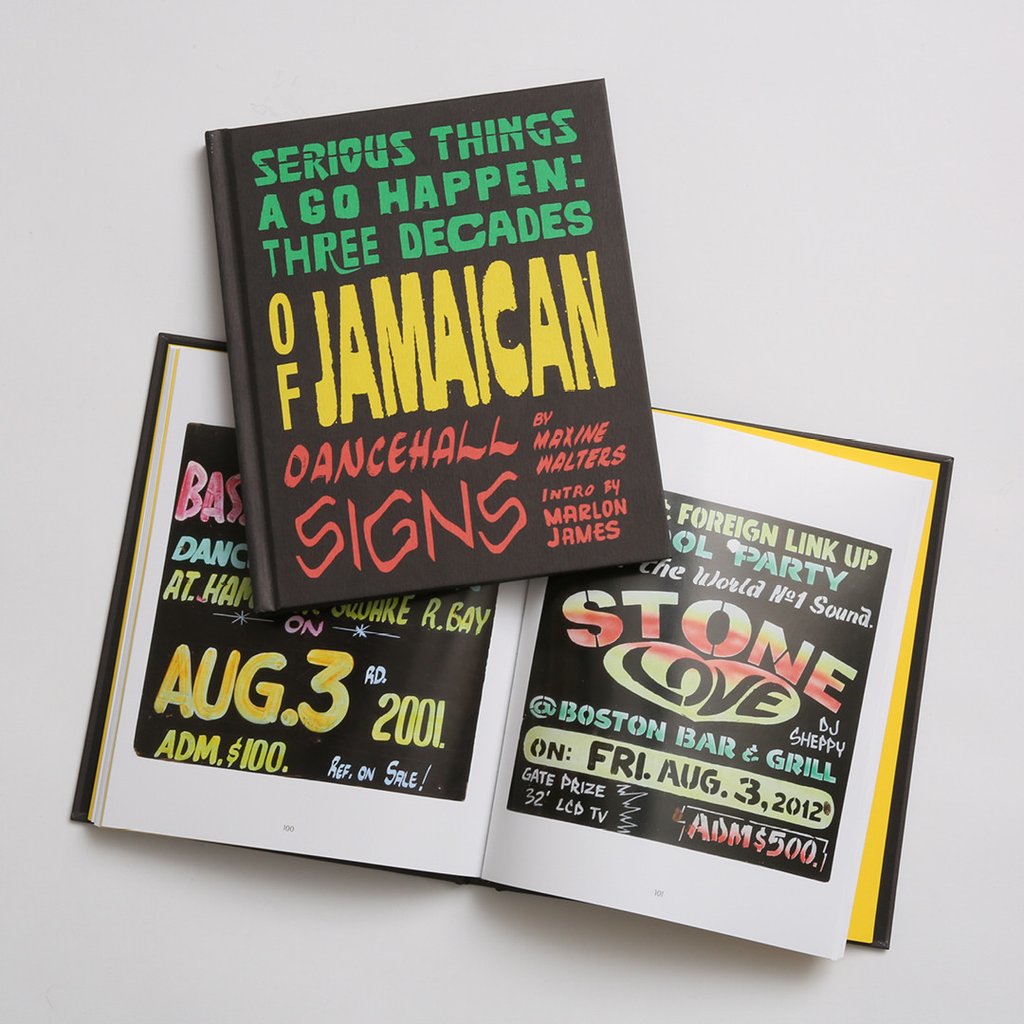
So what’s a band to do, short of becoming pack-rats? It depends, of course, on the band, its strengths, and its following; demos, outtakes, alternate versions, holiday songs, and works-in-progress definitely appeal to fans, but largely offer the same one-time purchase model traditional record making does. But if you’re a live band with an enthusiastic following, those live shows can offer a sustainable and perhaps endless output of musical product to sell. Entertainment lawyers famously used to tell their clients, “Keep Your Publishing!” and that remains sound advice, no pun intended. Monies from publishing rights last forever if you control them, and can pay off handsomely in the form of a hit cover version of your song. However, with a changing musical economy that’s shifted away from “hit” songs, to something more long-term and brand-oriented, a band’s lifeline and relevance are increasingly put in their own, and, as always, their fans hands. Definitely hold onto your publishing, but bands might also want to record, catalog and archive their live output as well. You just never know. I’m no lawyer, but I’d say, “Roll tape!”
This post originally appeared on medium.com and is republished here with the consent of the author.